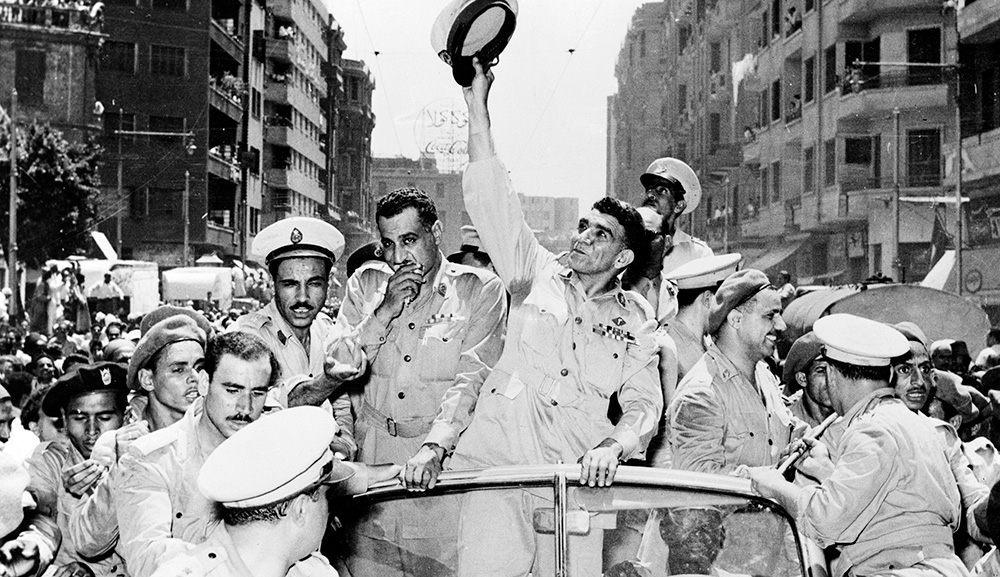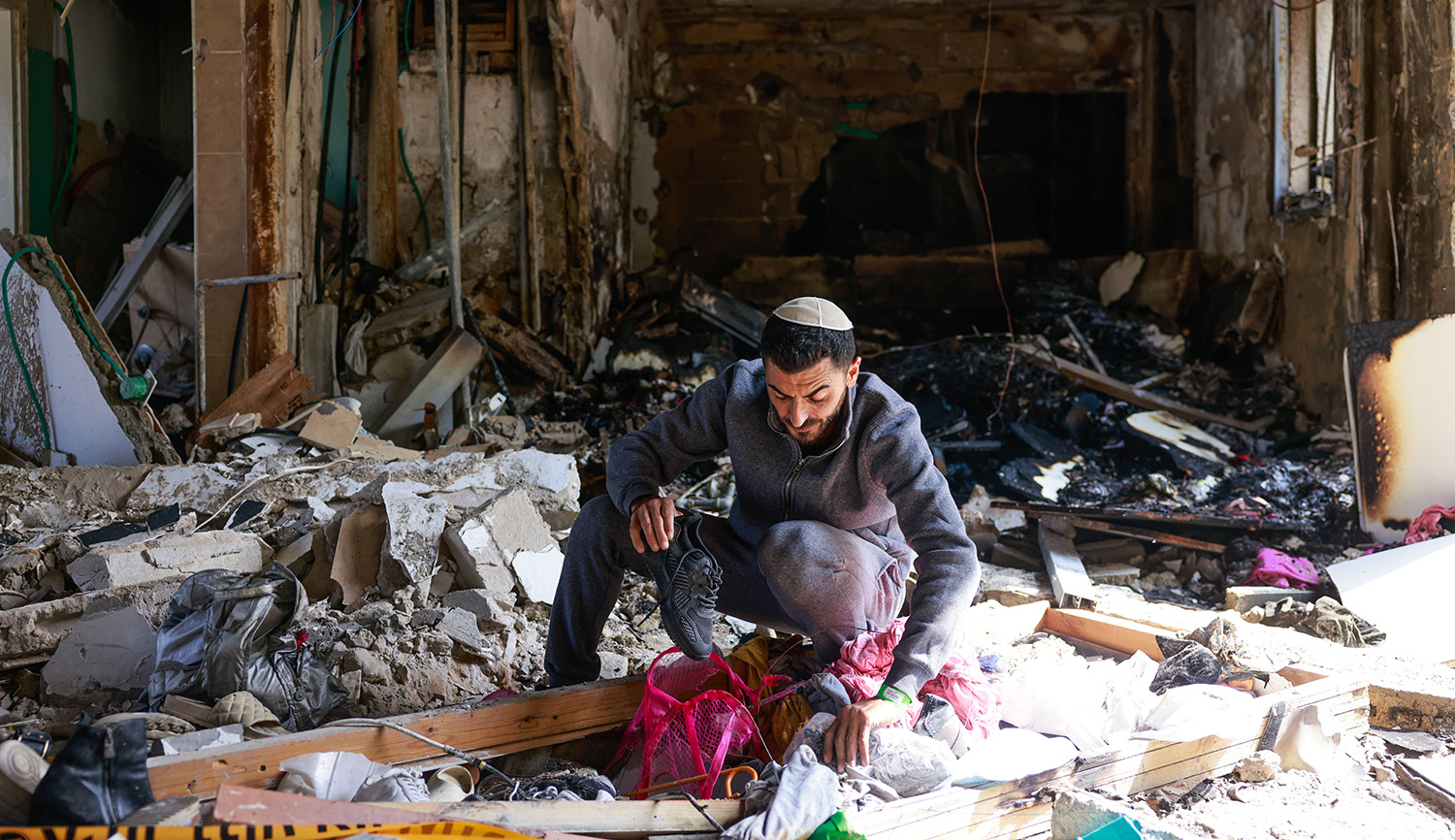Marty Glickman was, in Gurock’s evaluation, one of America’s greatest Jewish athletes. With the patriotic holiday of Thanksgiving approaching, I’d like to direct your attention to another remarkable American and proud Jew, whose life is described here by Dovi Safier:
Paul Schutzer was born into a traditional Jewish family in Boro Park in 1930. When he was ten years old, he started taking pictures with a broken camera he found in the garbage. Years later, after studying to be a painter and a lawyer, he realized that what he really wanted to do was be a photographer. He traveled the world for Life, visiting Israel numerous times and took many photographs in the country.
Schutzer went to the American South in 1961 to accompany and photograph the Freedom Riders. Then, during the Vietnam war, Schutzer embedded with a unit of Marines participating in an amphibious assault on Cape Batangan. His colleague Michael Mok described the scene thus:
Machine-gun fire was hammering away, and while the Marines gave their weapons a final check, Paul took off his steel helmet and put on a funny-looking hat, sort of like sailor cap turned inside out, on which he had stenciled the Star of David. He explained it was a kova tembel (fool’s hat) such as they wear on the kibbutz in Israel. “If I am going to die,” Paul said, “I am going to die under my own colors.” Then, just before the bow doors clanged down, he said, “L’hayyim,” which means “To life.” This was the first Hebrew word Schutzer taught me. Since we survived the landing and what followed, it was not the last.
Schutzer was killed by a landmine while covering the Six-Day War.
More about: American Jewish History, Photography, Six-Day War, Vietnam War


